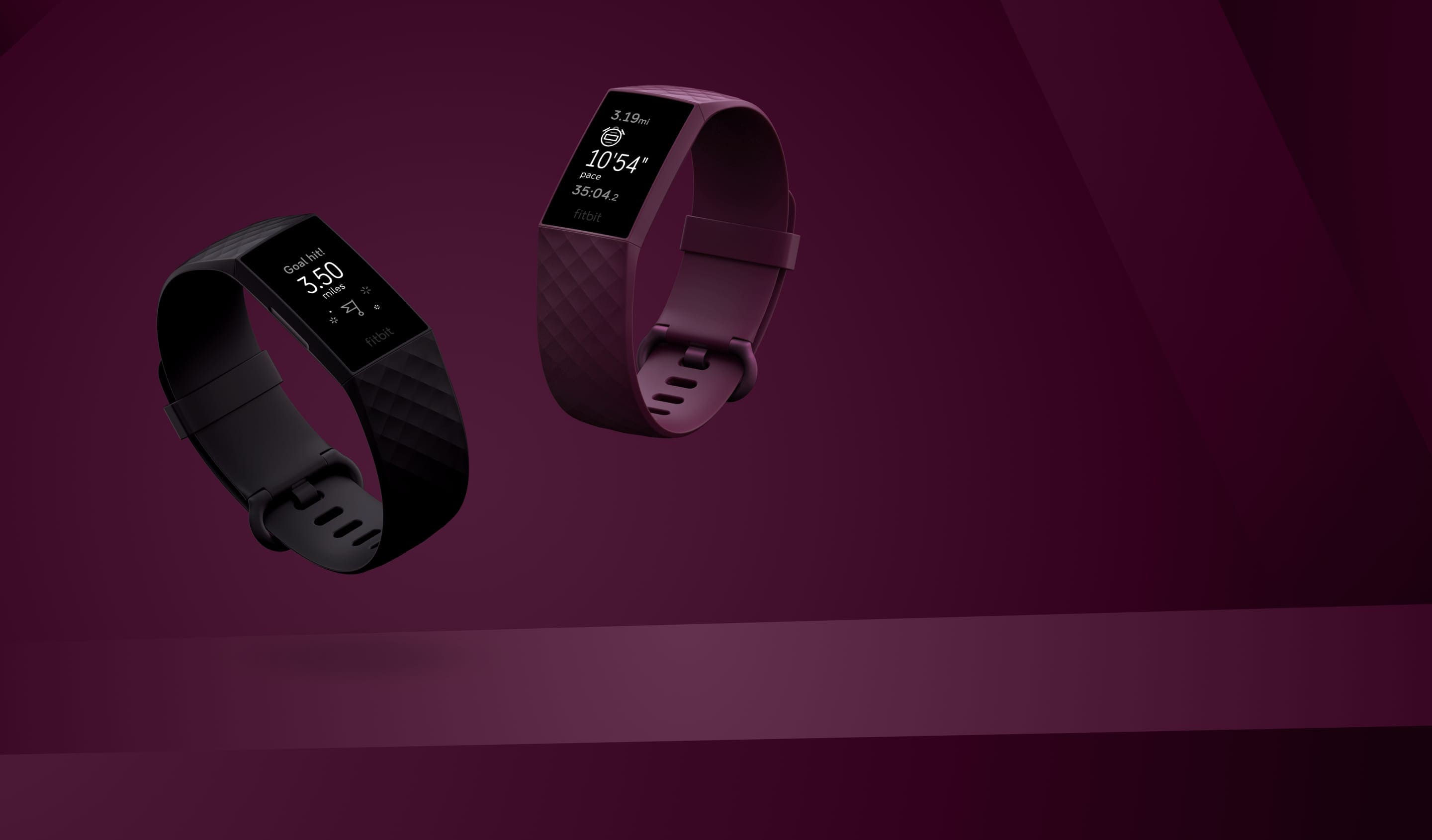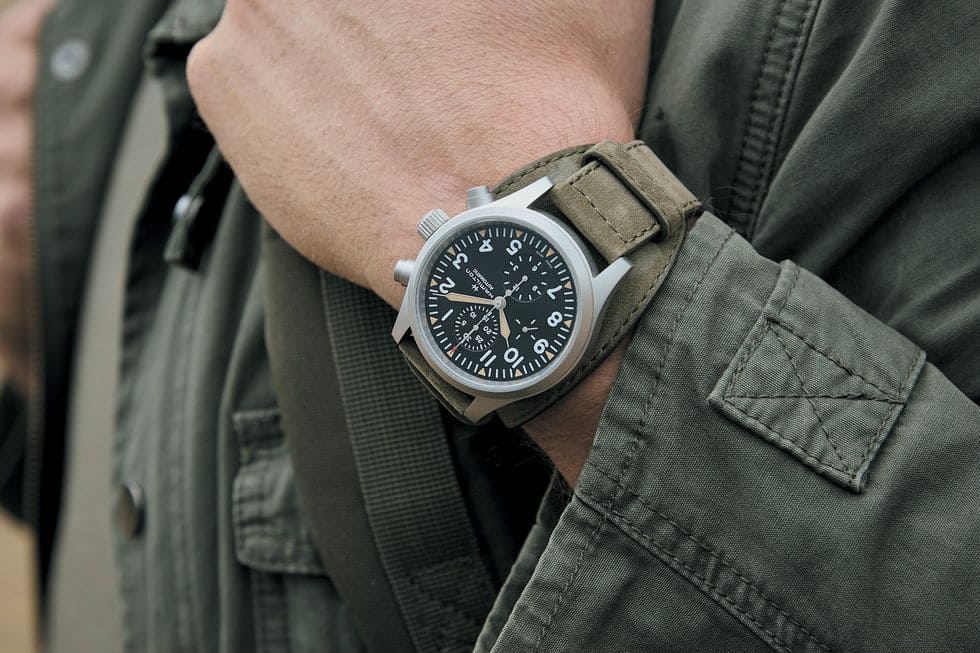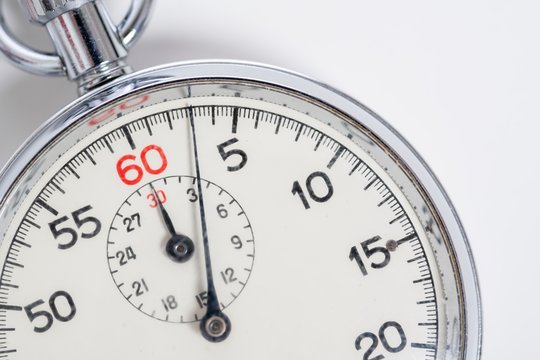The Inspire 2 is one of the Fitbit bands that offers the best value. The device repackages the company's existing technology into a form factor that is marginally more contemporary and makes it accessible to a broader audience at a lower cost. We examined its forerunner and determined that it performs its duties satisfactorily.
The Vivosmart 4 is one of the most well-liked fitness trackers produced by Garmin. The fourth edition of this fitness monitoring device comes equipped with a blood oxygen sensor. It will also monitor your body's energy reserves in addition to all of the standard tracking features for tracking fitness.
Because of these latest innovations, it is now even more challenging to select the most suitable fitness band for each individual. I sincerely hope reading this essay will make the task somewhat less complicated. The following is a comparison of the two fitness trackers:
Additional Reading: What Smartwatches Are Compatible With Motorola Smartphones?
Which Is Better, the Fitbit Inspire 2 or the Garmin Vivosmart 4?
These devices have a design that is quite rubberized and sporty, giving them an overall appealing appearance. They are both rather slender and lightweight and come with rounded corners and edges.
The Vivosmart 4 comes standard with a polycarbonate lens, an aluminum bezel, and silicone for the band. You can select either a small/medium or a large size from the available options. The miniature/medium version weighs only 16.5 grams. However, the large version weighs 17.1 grams, making the large version slightly heavier. In both incarnations, the dimensions of the black-and-white screen are 6.6 millimeters by 17.7 millimeters.
The display resolution of 48 by 128 pixels is nothing worth writing home about, but it does the task that it was designed to do. It is turned off by default so that one can preserve the battery's life. When a notification is received, when your wrist is raised, or when you tap on the screen, it immediately begins functioning.
A haptic button may be found at the bottom, and it is designed to sit flat against the display. You can use this to get started with activities, navigate through the menus, and wake up the tracker.
The Fitbit Inspire 2 features a design comparable to its predecessor but with several significant improvements. One that is readily apparent is the one and an only physical button that is located on the left. This will bring the tracker back online and take you out of the menus it was previously in. The remainder of the navigation is accomplished through the use of the entire touchscreen.
Its exact dimensions. The OLED display of the Inspire 2 is still black and white, but it is significantly larger, which makes it slightly less taxing on the eyes. Its resolution is 128 by 72 pixels, and its exact dimensions are 37 mm by 16 mm.
Additionally, the Inspire 2 is significantly wider (16.2 millimeters as opposed to 15 millimeters), slightly thicker (12.6 millimeters as opposed to 10.5 millimeters), and slightly heavier (20 grams). But don't get the wrong impression—even though the Inspire 2 is the more cumbersome of the two, the product is still relatively lightweight.
When it comes to the customization of Garmin's wearables, you don't have a lot of options, so picking a color that you like when you make your purchase is your best bet. You can easily switch out the bands on your Fitbit trackers, and you may personalize them to suit your style.
In terms of their overall design, the two different products are somewhat comparable to one another. The Inspire 2 has a screen that is both larger and of higher quality than the screen on the Vivosmart 4, which is the thinner of the two phones. Because I find that a larger screen makes it simpler for me to utilize a fitness tracker, my personal preference goes for the Fitbit device. However, I can understand how the device from Garmin would be appealing to some people. Because of its more feminine proportions, it is trendy among women who are into fitness.
Under the hood, a few significant distinctions should be brought to your attention. While both trackers have a 3-axis accelerometer, an optical heart rate monitor, and a vibration motor, the Vivosmart 4 also has a Pulse Ox sensor and a barometric altimeter. The first one determines how much oxygen is present in the blood, while the second counts how many floors a person ascended.
Battery life and Water Resistance are Key Considerations When Choosing Between the Fitbit Inspire 2 and the Garmin Vivosmart 4
The lifespan of batteries has been gradually improving over the past few years. Because processors and sensors are getting better at conserving power, it is becoming easier to design something that does not need to be charged every night.
These two different electronic devices each feature a lithium-ion battery that one can recharge. The Vivosmart 4 will continue to function for around one week, which is not a bad result (pulse ox sleep tracking is not included). Inspire 2 goes much longer. It has a battery life of 10 days between charges, which ought to satisfy the majority of customers.
Both wearables are water-resistant to a depth of fifty meters, which means they can be worn in the shower or while swimming. The device will also track swimming workouts, but with only the most fundamental of details.
Additional Reading: Which Is The Best Non Bluetooth Fitness Tracker
Comparing the Fitbit Inspire 2 to the Garmin Vivosmart 4 in Terms of Their Features
Both of these brands contain, as is to be expected, the fundamentals of physical fitness. This includes monitoring your heart rate around the clock, keeping track of the number of steps you take, the distance you go, the number of active minutes you have, the calories you burn, and more. It's quite a comprehensive list. In terms of the quality of the data, you shouldn't anticipate significant changes.
The Inspire 2 and the Vivosmart 4 include intelligent notifications, allowing you to remain connected while you are on the move. However, in order to read the messages in their entirety, you will need to utilize your phone. Since the bands display the time by default, you can also use them as watches if you so choose.
The trackers will periodically prompt you with encouraging messages and will urge you to move if you are predominantly sedentary and if they are functioning correctly. There is also automatic activity recognition, which means that you will get credit even if you fail to log an exercise. This feature ensures that the app is constantly keeping track of your progress.
Some measurements are considered to be more advanced, such as the Vo2Max. This will tell you how efficiently your body uses oxygen when you are exerting the most effort possible in your workout. It gives an accurate depiction of the individual's aerobic physical fitness.
In addition to tracking your heartbeat during a specific workout, you will receive continuous real-time daily monitoring. The display allows you to monitor your current as well as your resting heart rate while you exercise.
Now we will discuss the differences, the majority of which work in Garmin's favor.
The altimeter on the Vivosmart 4 that counts the floors is the first one that one should mention. The total number of flights of stairs you've climbed will be tallied and taken into account when determining the number of calories you've burned.
Another type of sensor is the Pulse Ox. During the night, the fitness tracker made by Garmin will measure your oxygen saturation levels, providing you with a better understanding of the quality of your sleep. There is a possibility that this could be utilized in diagnosing sleep disorders like apnea. You need to push a button whenever you want to check your oxygen levels throughout the day.
Monitoring of what Garmin refers to as "Body Battery" energy is another fascinating function of this device. This will tell you when you should be pushing yourself hard and when you should be resting based on your stress levels, heart rate variability (HRV), how well you slept, and how active you were. You should be able to make better judgments regarding how and when to train due to the information provided to you.
The last significant distinction is that stress is monitored around the clock. Only the Vivosmart 4 and not the Inspire 2 have it. This considers the values of your heart rate variability to determine how relaxed you are. These are very rough estimations, but they are nonetheless helpful nonetheless.
The size of the display is the primary benefit of utilizing the Fitbit tracker. There is a subtle but significant distinction here. On Inspire 2, reading everything is a great deal less complicated. This is especially important to keep in mind if you're constantly on the move.
Compare and Contrast: the Fitbit Inspire 2 with the Garmin Vivosmart 4
The Vivosmart 4 and the Inspire 2 are full-featured fitness trackers with the majority of the components that a typical person requires to monitor their activities around the clock. However, there are a few key distinctions between the two.
In spite of the fact that both have a sporty, rubberized style, the Fitbit device has a screen that is larger, of higher quality, and offers more personalization options. On the other hand, the Garmin device is lighter and comes in an extremely slim form factor, both of which may be appealing to specific individuals.
Aesthetics aside, the Vivosmart 4 has a more significant number of features than its competitor. It features an altimeter for counting floors, a function for recording stress, and a Pulse Ox sensor as standard equipment. As a result of the Body Battery energy monitoring function, you will also be informed as to when you should engage in strenuous exercise and when you should relax.
As a result, it should not come as a surprise that the Vivosmart 4 is the more expensive option. In general, it is sold at a price that is about a third higher than Inspire 2.
Further Reading: Best Smartwatch For OnePlus
We recommend going with the Garmin tracker for anyone looking for an activity band that offers a more comprehensive set of features. It will cost you an additional $30, but the additional features make it well worth the money. Because it covers the fundamentals without overwhelming you with more data, the Inspire 2 is the superior choice for individuals who are just beginning to keep track of their fitness.
Veronica is a culture reporter at Collaborative Research Group, where she writes about food, fitness, weird stuff on the internet, and, well, just about anything else. She has also covered technology news and has a penchant for smartphone stories. .
Leave a reply
Your email address will not be published. Required fields are marked *Recent post

What is the Difference Between Garmin Connect Vs Strava?



